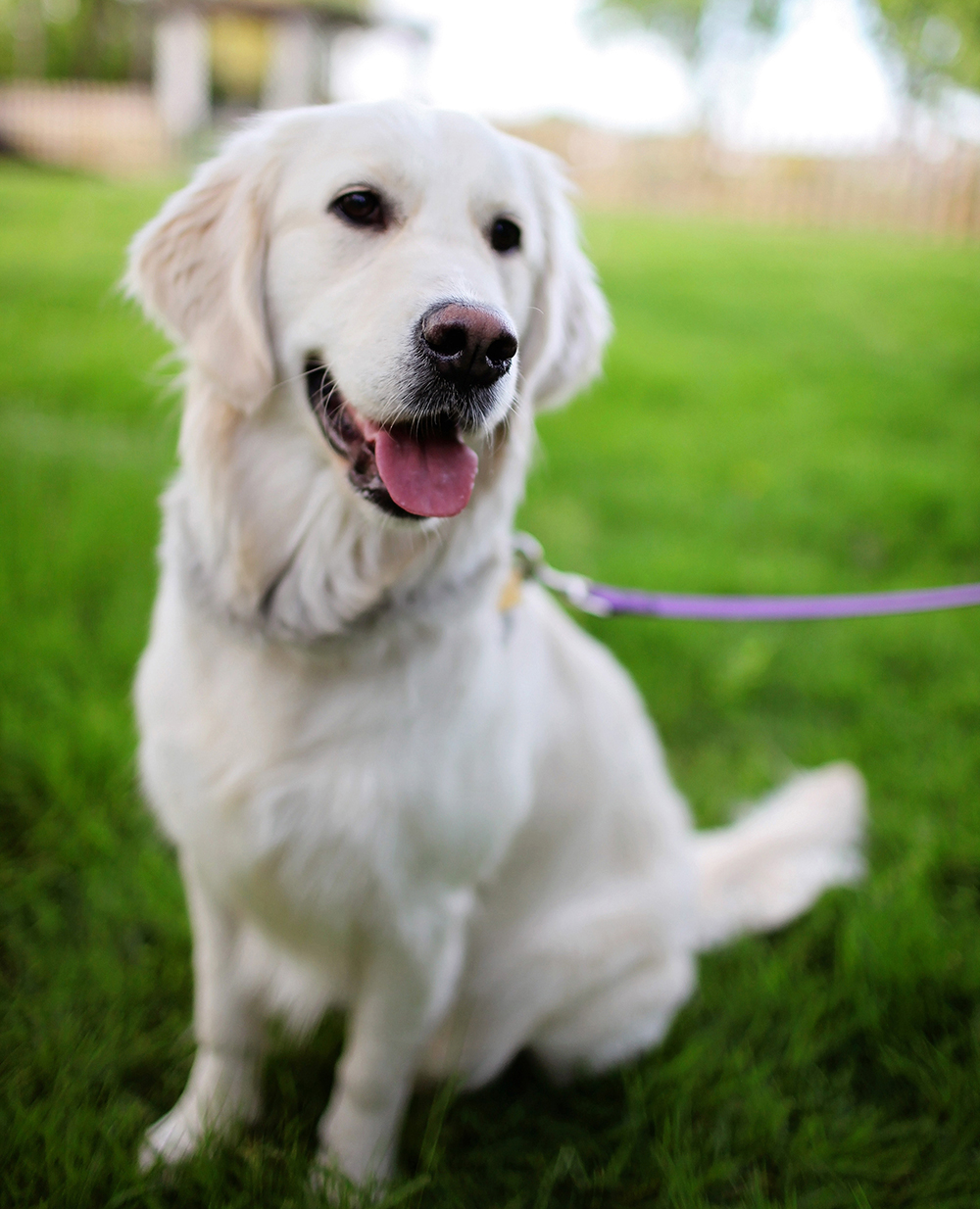- ACL DISEASE IS ALL TOO COMMON IN DOGS.
It occurs six times more often in canines than in human athletes. For dogs who are TPLO candidates, this procedure can be a superior approach for several reasons.
All things TPLO, including FAQs and relevant information. Click below to download post-op instructions.

It occurs six times more often in canines than in human athletes. For dogs who are TPLO candidates, this procedure can be a superior approach for several reasons.

